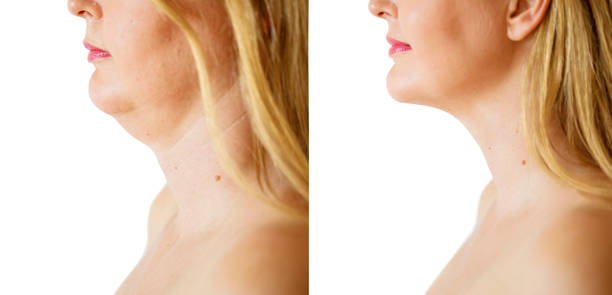After undergoing a skin tightening procedure, it’s important to follow post-treatment instructions provided by your dermatologist or healthcare provider to ensure optimal results and minimize any potential risks or complications. Here are some general things you should avoid after skin tightening:
- Excessive Sun Exposure: Direct sun exposure can be harmful to the skin, especially after skin tightening treatments. UV radiation can interfere with the healing process and increase the risk of complications such as hyperpigmentation or burns. Use sunscreen with high SPF and protective clothing when going outdoors.
- Intense Physical Activity: Avoid vigorous exercise or activities that may cause excessive sweating or strain on the treated area. This could disrupt the healing process and potentially affect the outcome of the treatment.
- Touching or Rubbing the Treated Area: Resist the urge to touch, scratch, or rub the treated area, as this can introduce bacteria and increase the risk of infection. Let the skin heal naturally without interference.
- Smoking and Alcohol Consumption: Both smoking and excessive alcohol consumption can interfere with the body’s ability to heal properly. These habits can also negatively impact skin health and elasticity, counteracting the effects of the skin tightening procedure.
- Using Harsh Skincare Products: Avoid using harsh or abrasive skincare products on the treated area, especially immediately after the procedure. Stick to gentle cleansers and moisturizers recommended by your dermatologist to support the healing process.
- Skipping Follow-Up Appointments: It’s essential to attend any follow-up appointments scheduled with your healthcare provider. These appointments allow them to monitor your progress, address any concerns, and provide additional recommendations for post-treatment care.
- Neglecting Hydration: Proper hydration is crucial for skin health and recovery after skin tightening. Drink plenty of water to keep your skin hydrated from the inside out, which can aid in the healing process and promote overall skin health.
- Ignoring Symptoms of Complications: Pay attention to any unusual symptoms such as excessive pain, swelling, redness, or signs of infection in the treated area. If you experience any of these symptoms, contact your healthcare provider immediately for further evaluation and guidance.
Always consult with your healthcare provider for specific post-treatment instructions tailored to your individual needs and the type of skin tightening procedure you’ve undergone. Following these guidelines can help ensure a smoother recovery and enhance the results of your treatment.

Does skin tightening have side effects?
Skin tightening procedures, like any medical or cosmetic treatment, may carry some potential side effects and risks. However, the severity and likelihood of these side effects can vary depending on the specific type of skin tightening procedure used, the individual’s skin type and condition, and how well the procedure is performed. Here are some potential side effects associated with skin tightening treatments:
- Temporary Redness and Swelling: It’s common for the treated area to appear red and swollen immediately after the procedure. This usually subsides within a few hours to a few days, depending on the individual’s skin sensitivity and the type of treatment.
- Discomfort or Pain: Some individuals may experience mild discomfort or pain during or after the procedure. This can typically be managed with over-the-counter pain relievers or prescribed medications, if necessary.
- Bruising and Sensitivity: Bruising may occur in the treated area, particularly with more invasive skin tightening procedures. This usually resolves on its own within a week or two. Some individuals may also experience increased sensitivity in the treated area temporarily.
- Changes in Skin Texture or Color: In rare cases, skin tightening treatments may lead to changes in skin texture or color, such as uneven pigmentation or surface irregularities. These changes are usually temporary but may persist in some individuals.
- Rare Complications: Although uncommon, more serious complications such as infection, scarring, burns, or nerve damage may occur with certain types of skin tightening procedures, especially if they are performed incorrectly or by inexperienced practitioners.
- Allergic Reactions: Some individuals may experience allergic reactions to the substances or materials used during certain skin tightening procedures. It’s essential to discuss any known allergies with your healthcare provider before undergoing treatment.
- Incomplete or Unsatisfactory Results: While skin tightening treatments can produce noticeable improvements in skin firmness and appearance, the results may vary from person to person. Some individuals may not achieve the desired level of improvement, or the results may be less dramatic than expected.
It’s crucial to discuss the potential risks and benefits of skin tightening treatments with a qualified healthcare provider before undergoing any procedure. By carefully considering your individual circumstances, medical history, and treatment goals, you can make an informed decision about whether skin tightening is the right option for you. Additionally, choosing a reputable and experienced provider can help minimize the risk of complications and ensure a safer treatment experience.
